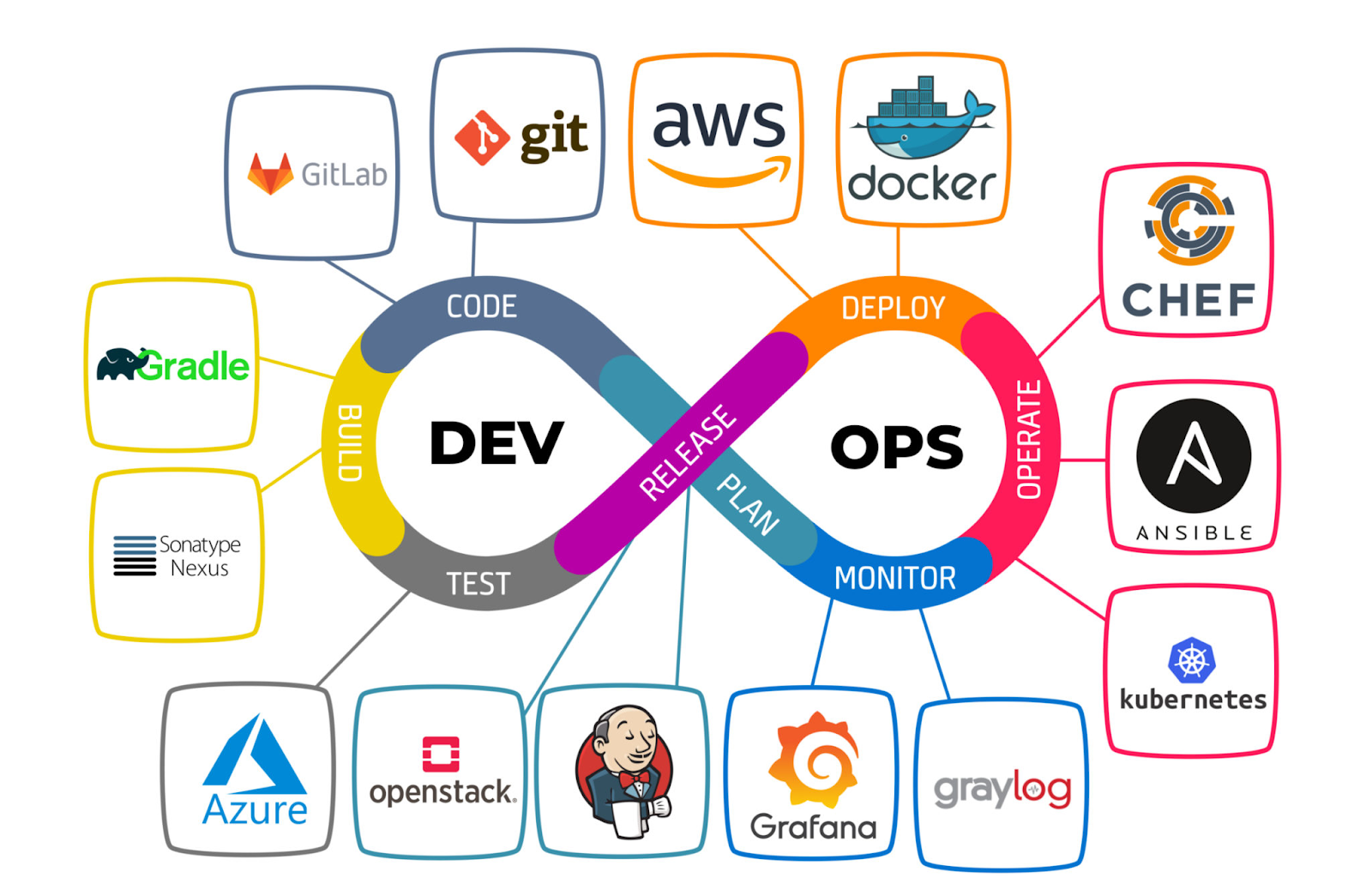AWS - Understanding Security Group
In this post will go in detail on a simple ALB to EC2 setup.
I am configuring NodeJS on my EC2 instance.
[root@ip-172-31-9-46
~]# yum install npm
[root@ip-172-31-9-46
~]# npm install express
Starting the application using the below command.
[root@ip-172-31-9-46 ~]# node app.js
App1 is listening on port 3000
App2 is listening on port 4000
Now, I configured a
target group:
In the target group we must
give the application port and health check port.
NOTE: We cannot mention any
security group under Target group.
Next, I am going to
create a ALB.
Our ALB listens on port
80. So the ABL DNS/welcome should route the traffic to backend machine.
Eg: http:// demo-alb-123456.us-east-1.elb.amazonaws.com/welcome
Now, our EC2 instance at
the backend should accept traffic from ALB on port 3000/4000.
Even though ALB has an
IP address range which is dynamic, so create a security group based on IP is not
the right solution.
Hence, we will create a
security group and attach to ALB. This security group will accept all incoming traffic
from its own security group IP. Like A calling A. But the idea is to make the load
balancer source security group as A (sg-099c50cd040c70f6b)
Let’s attach this to
the ALB.
Launch_wizard_1 accepts
traffic on port 80 from outside.
Finally, we create a security
group at the EC2 instance layer to accept any incoming traffic on port 3000/4000
from the source security group sg-099c50cd040c70f6b which is my load balancer.
Our target group is healthy.


















Comments
Post a Comment